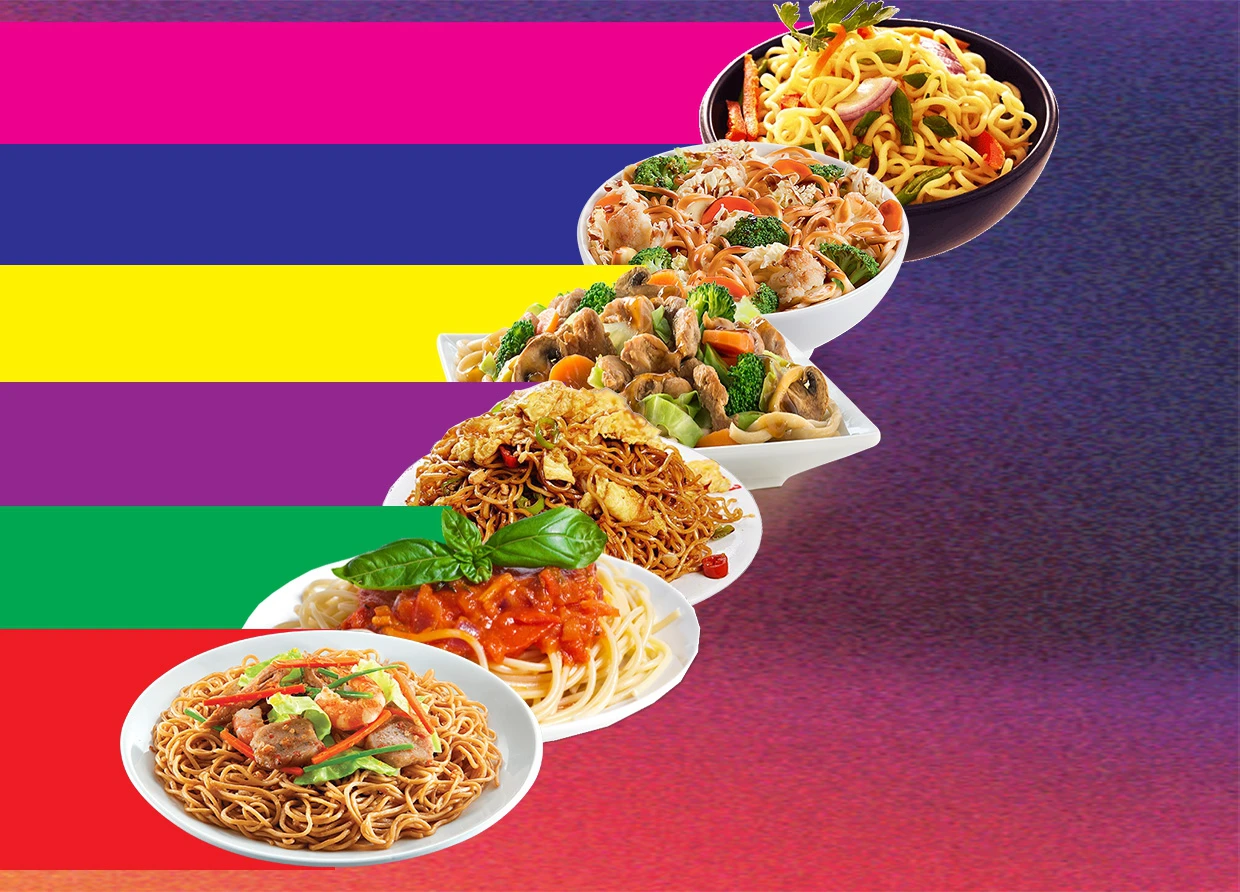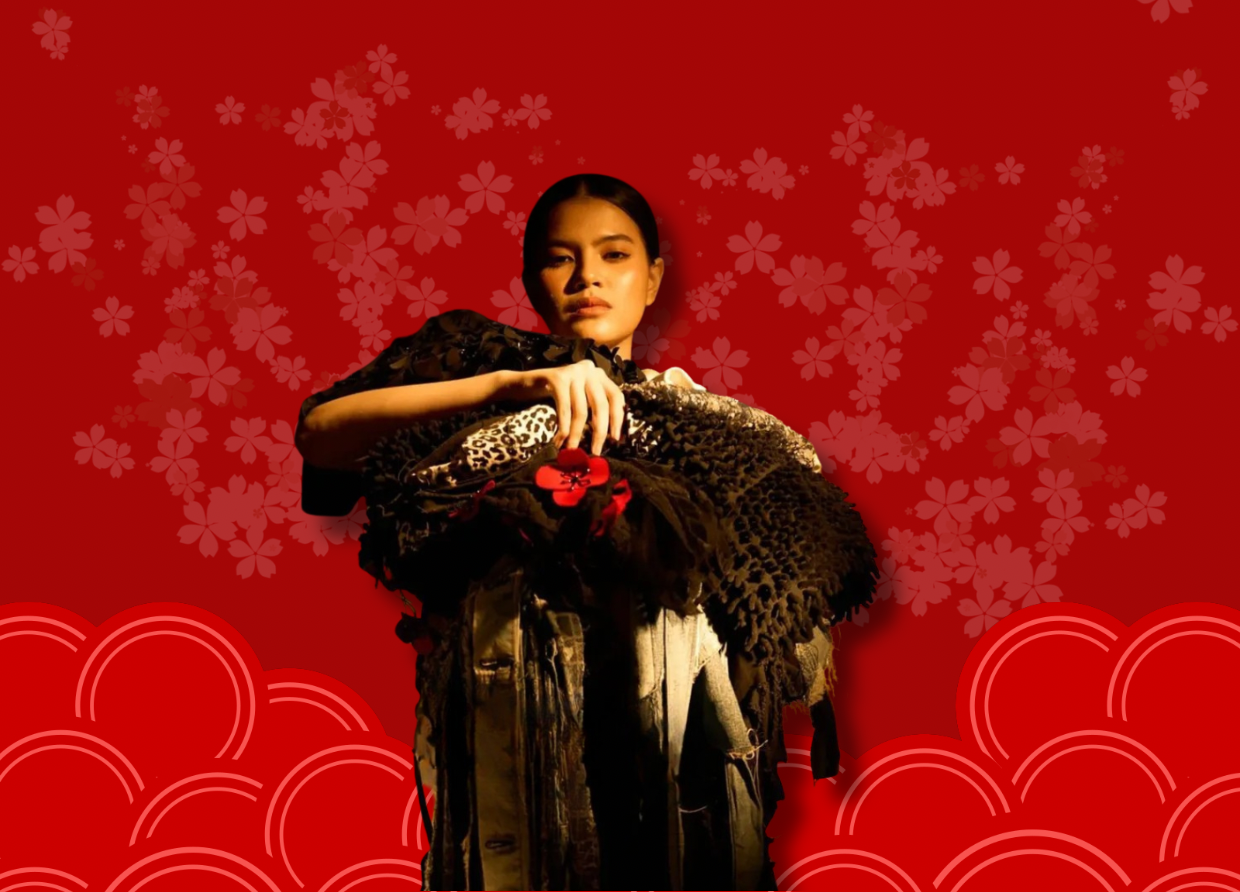STORIES OF CHINESE NOODLES
From the Han dynasty to the Qing dynasty, from the dutiful son's noodle to the old friend noodle.

Noodles are a staple food in many cultures worldwide, most notably in China. Archaeological and literary evidence indicates that Chinese noodles originated in the Han dynasty. Noodles were collectively referred to as "cake" at that time, and noodles that were cooked in soups were called "soup cake".
Chinese noodles come in many sizes and shapes. The most common ones are sheets and strips. The most common method of cooking sheet noodles is by pulling the dough into sheets and cooking in a pot with boiling water. The shapes of noodles began increasing in the time of the Wei, Jin, and Northern and Southern Dynasties.
In the middle ancient era, two kinds of noodles called shui yin and bo tuo came into being and were included in the book Qi Min Yao Shu. The book says that shui yin is cooked by pulling the dough into strips until it becomes as thick as chopsticks. It is then cut into segments as long as 30 centimeters. It is soaked in a dish of water then pressed into flat noodles shaped as a leek leaf before being cooked in a pot with boiling water.
The Sui, Tang, and Five dynasty periods saw a bloom in the varieties of noodles, with methods and techniques of cooking being continuously improved. The cold noodle leng tao appeared in one of the eras, with great poet Du Fu describing the dish as "as cold as snow when gliding through the teeth".
View this post on Instagram
Fine dried noodles appeared in the Song and Yuan periods. Pig and sheep raw noodles and vegetable raw noodles were also reported to be sold in Linan during the Southern Song era. Noodle traditions continued into China's last two dynasties, the Ming and Qing, with even more varieties of noodles, including the five spicy noodles and eight treasures noodles.
The Chinese people, and many of the peoples they conquered and conquered them, consider noodles as an important aspect of their cultures, with some varieties of noodles being served on days of significant importance, including the longevity noodles that are served at birthdays, noodles with gravy at weddings and after moving into a new house, the dragon whiskers noodles on the Dragon Heads-raising Day on the second day of the second lunar month.
Many varieties of Chinese noodles have accompanying old stories to them. For example, seafood noodles are often referred to as the dutiful son's noodles in reference to the supposed inventor of the noodles, Yi Yin, who nurtured his ill mother back to health with the seafood noodle he cooked. The Qishan minced noodle is also called the "ashamed son noodle" and "sister-in-law noodle", while the Guangxi vinegar-pepper noodle is called the old friend noodle.
Once upon a time, there lived a poor scholar whose parents died when he was young. The scholar was raised by his elder brother and sister-in-law. To accompany his study, his sister-in-law cooked noodles for him every day until he passed the provincial civil service examination. That's how the Qishan minced noodle is now known by one of its names. As for the former name — many followed the example of the sister-in-law and cooked the noodle for their sons. However, the sons failed the exams and thus were born the moniker "ashamed son noodle".
Once upon another time, there erected a Zhou teahouse where a customer came almost every day. For a few days, however, the regular customer went missing and did not come to drink tea. Out of concern for his most loyal customer, the shopkeeper went to visit him and discovered that the old friend was sick. The shopkeeper then cooked him a bowl of vinegar-pepper noodle soup with sautéed garlic and fermented black beans. The old friend ate the noodle and recovered, and thus the Guangxi vinegar-pepper noodle gained its nickname.
View this post on Instagram
#THE S MEDIA #Media Milenial #China #Lunar New Year #MId-Autumn Festival #Noodles #Chinese New Year



























